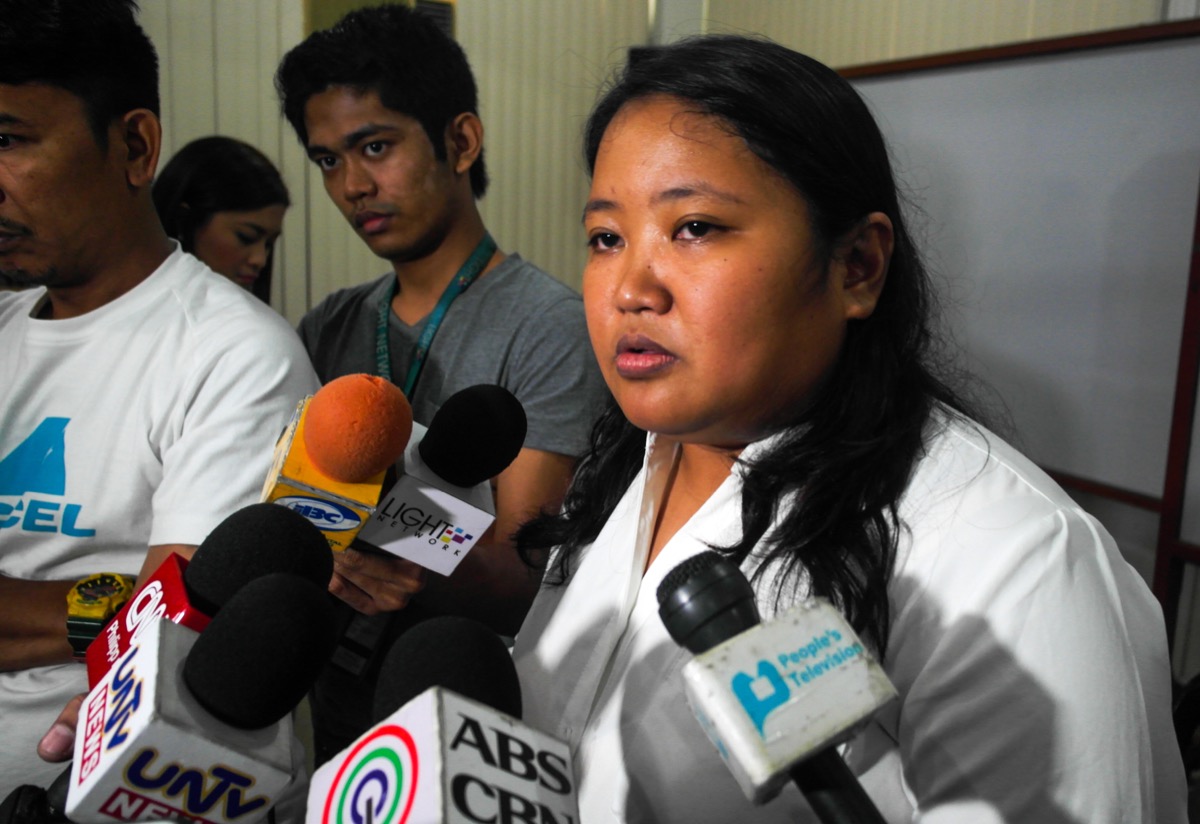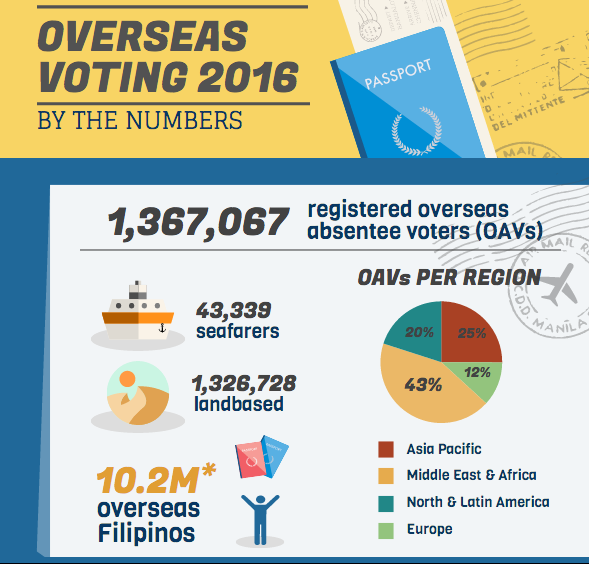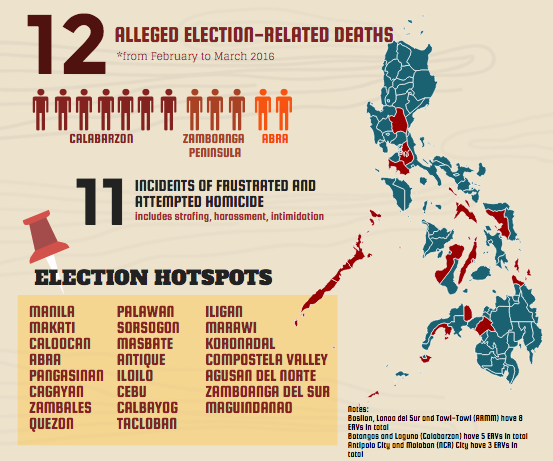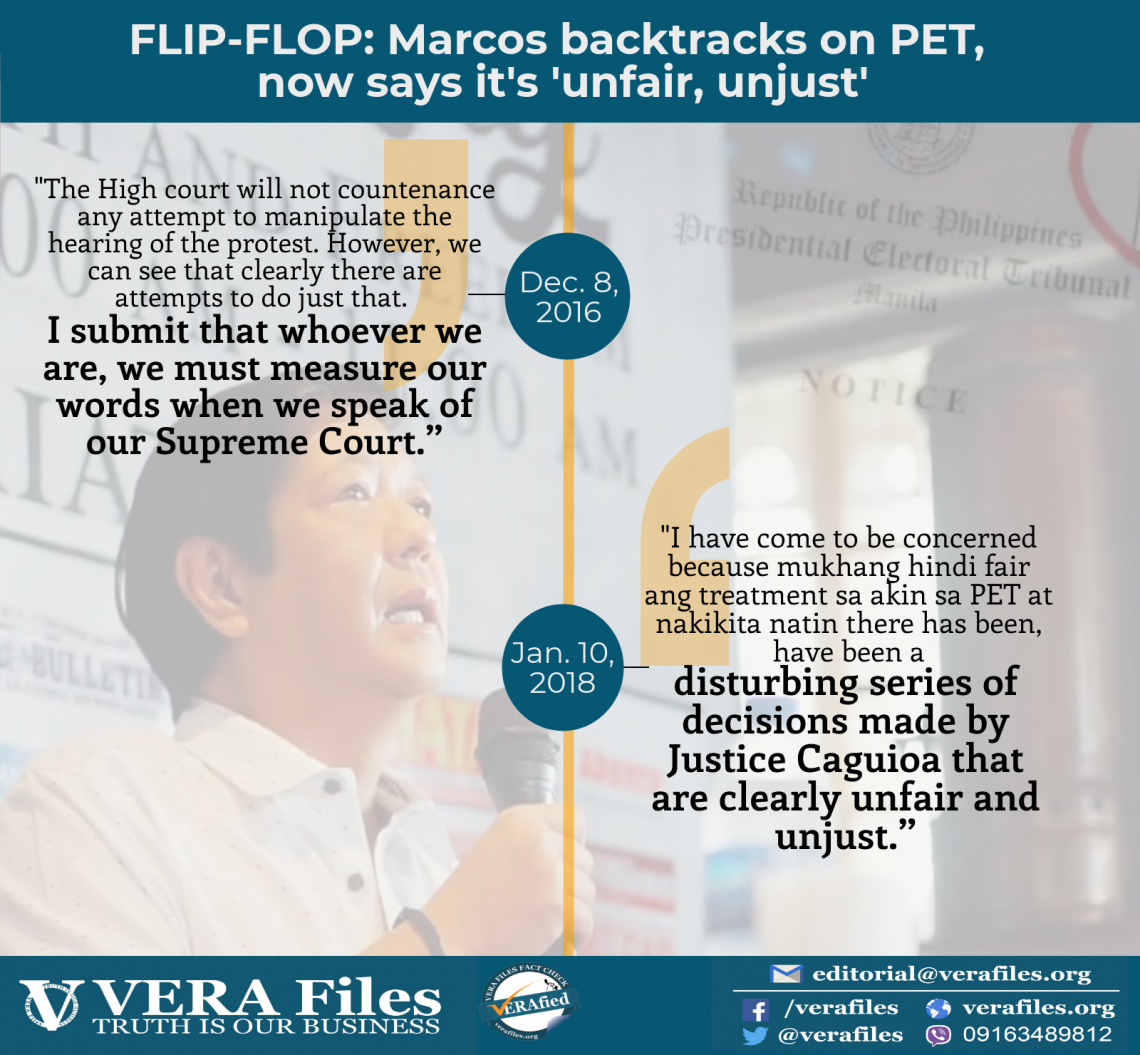
Text and photos by MARIA FEONA IMPERIAL
BOTH the receipt-printing and on-screen verification features of the vote counting machines (VCMs) won’t be activated for the May 9 polls, the Commission on Elections (Comelec) said.
The Comelec en banc has decided to disable the ticket-printing feature, Election Chair Andres Bautista told VERA Files during the mock elections held at Robinsons Place Manila on Saturday.
The decision, he said, will form part of the general instructions (GI) of the 2016 elections, expected to be published next week. The GI includes procedures on voting, counting and transmission.
Mock elections were held simultaneously in 40 voting centers across the country.
Under the Voter Verified Paper Audit Trail (VVPAT), the vote counting machines are to print a vote receipt, which serves as a means to detect fraud and audit stored electronic results.
Despite the intention of promoting transparency, however, poll watchdogs have expressed fear that the receipts, when exposed, may instead be used for vote-buying and vote selling. (See 100 days before polls, Comelec yet to finalize machine security features)
Another feature of the VVPAT, the on-screen verification feature, won’t be enabled, said Arwin Serrano of the Parish Pastoral Council for Responsible Voting (PPCRV), quoting Comelec National Capital Region Director Temie Lambino.
Both Serrano and lawyer Rona Ann Caritos of poll watchdog Legal Network for Truthful Elections (LENTE) said they would have wanted the on-screen verification feature turned on.
The on-screen verification would enable voters to cross check for a couple of minutes whether their votes were read correctly by the machines.

Comelec has said this would mean longer voting hours.
Caritos, however, said this claim lacks scientific basis, without an actual time and motion study of the voting process spearheaded by the Comelec.
If the additional voting hours is the main concern of Comelec, former poll chief Sixto Brillantes prescribes a solution: impose a time limit of 10 seconds for every voter to countercheck his or her vote.
Brillantes, who observed the mock mall voting at Robinsons Place, said he would be willing to sacrifice a little delay in the voting process if it meant transparency.
But amid technical glitches observed in the VCMs over the past few days, the former Comelec chair said he is confident that the elections will push through because of the quality and speed of the machines.
He commended the Comelec for being “more transparent and more open to the public” compared to his leadership.
During his term as poll chief, Brillantes said, the Comelec preferred to not disclose issues on technical glitches encountered by Precinct Optical Count Scan (PCOS) machines to prevent detractors from fueling the fire.
The printing of ballots will start early next week, Bautista earlier announced.
Software issues and disqualification cases of certain candidates have forced the poll body to postpone the printing for four times, but the poll chief assured it won’t delay the election timeline. (See Printing of ballots delayed for the 4th time)





